Brüel & Kjær 2131 User manual
Other Brüel & Kjær Measuring Instrument manuals

Brüel & Kjær
Brüel & Kjær 2210 Original operating manual

Brüel & Kjær
Brüel & Kjær 2239 B User manual

Brüel & Kjær
Brüel & Kjær 7001 User guide

Brüel & Kjær
Brüel & Kjær B&K 2245 User manual

Brüel & Kjær
Brüel & Kjær 4448 Series User manual
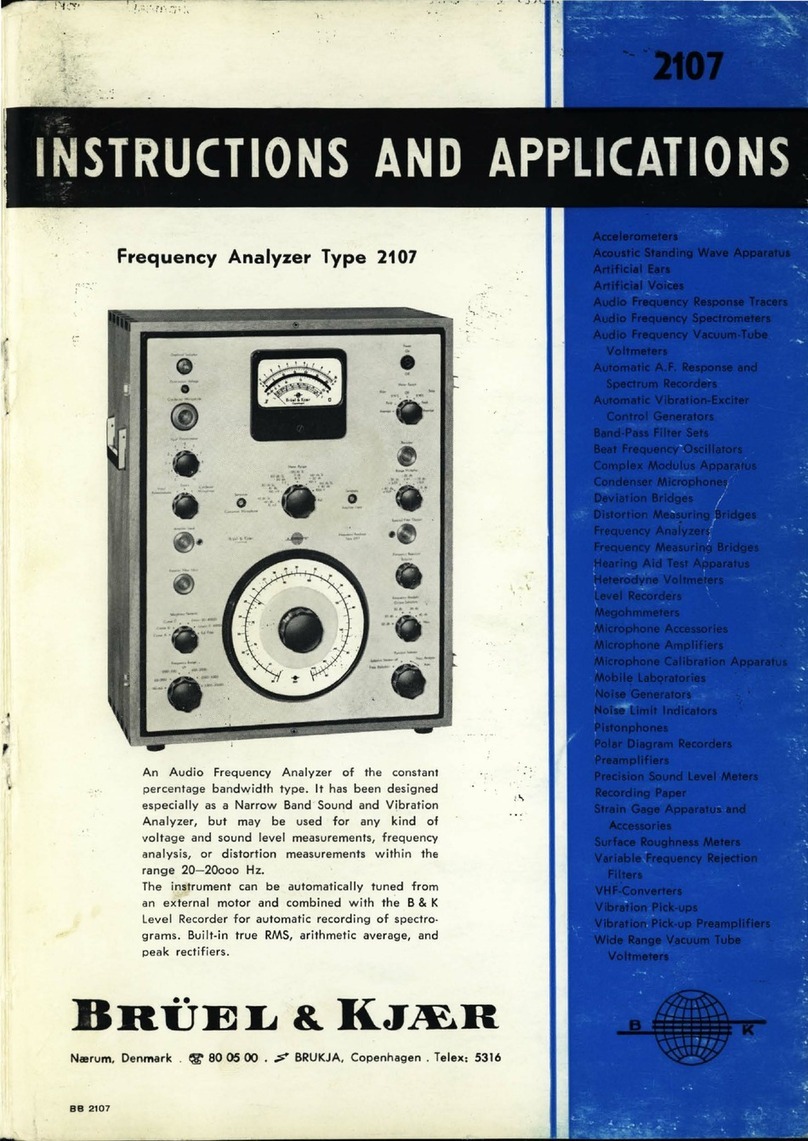
Brüel & Kjær
Brüel & Kjær 2107 User guide
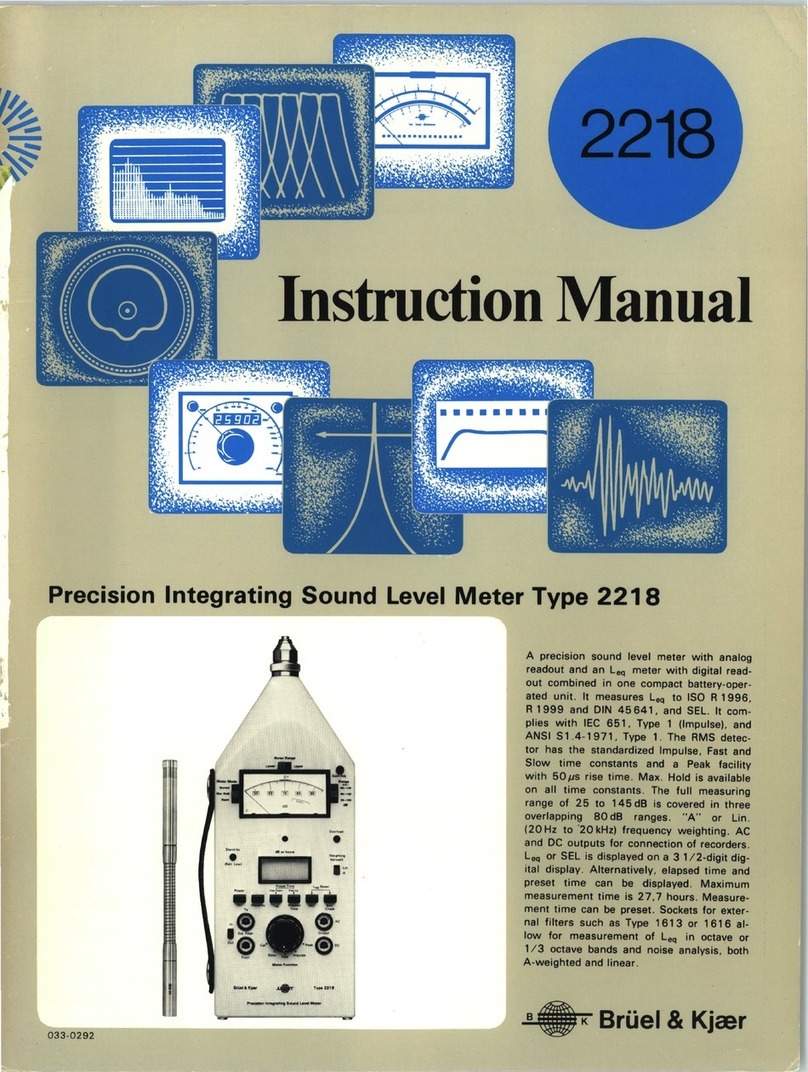
Brüel & Kjær
Brüel & Kjær 2218 User manual

Brüel & Kjær
Brüel & Kjær 2230 Assembly instructions
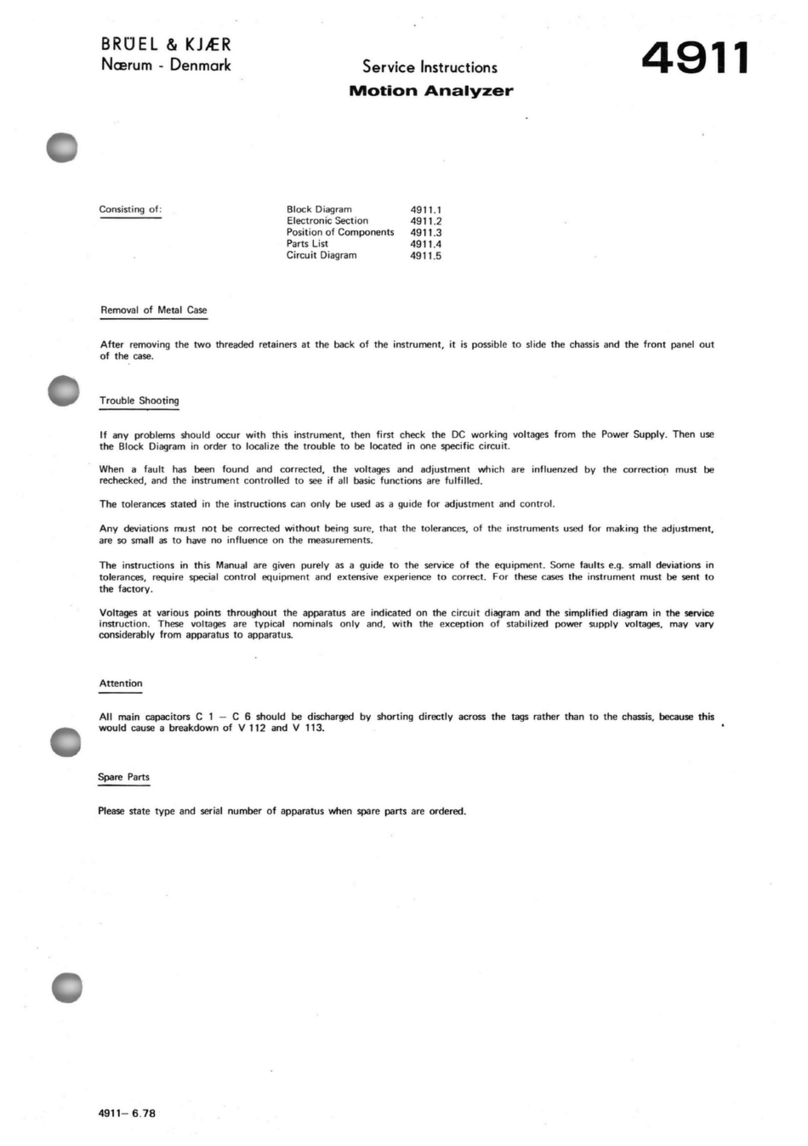
Brüel & Kjær
Brüel & Kjær 4911 Operating instructions
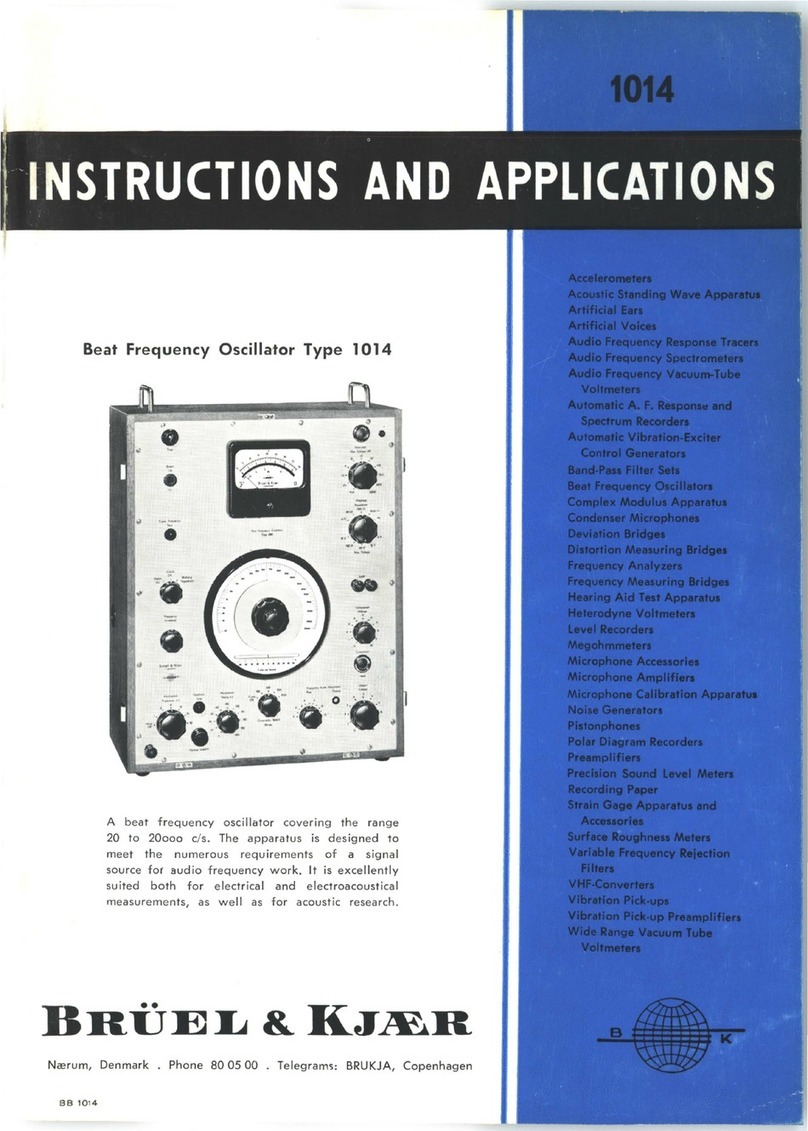
Brüel & Kjær
Brüel & Kjær 1014 User guide

Brüel & Kjær
Brüel & Kjær i714 Operation manual

Brüel & Kjær
Brüel & Kjær 2425 User guide
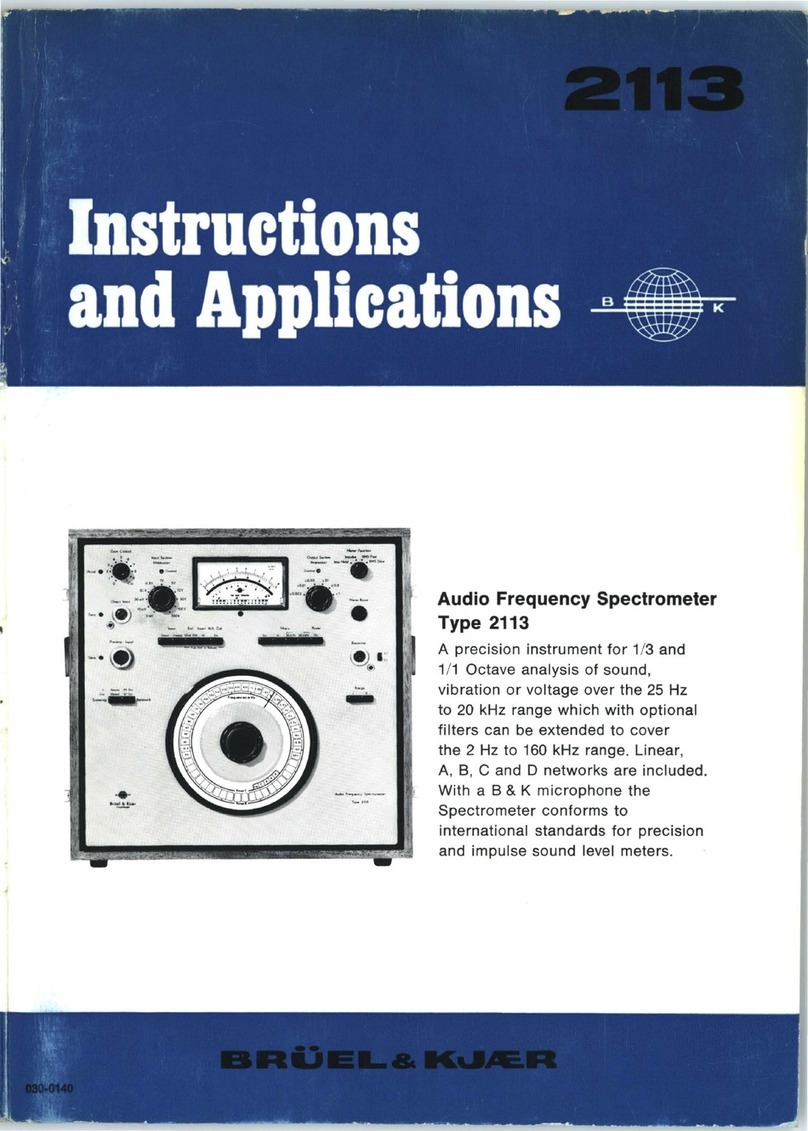
Brüel & Kjær
Brüel & Kjær 2113 User guide

Brüel & Kjær
Brüel & Kjær 2245 User manual
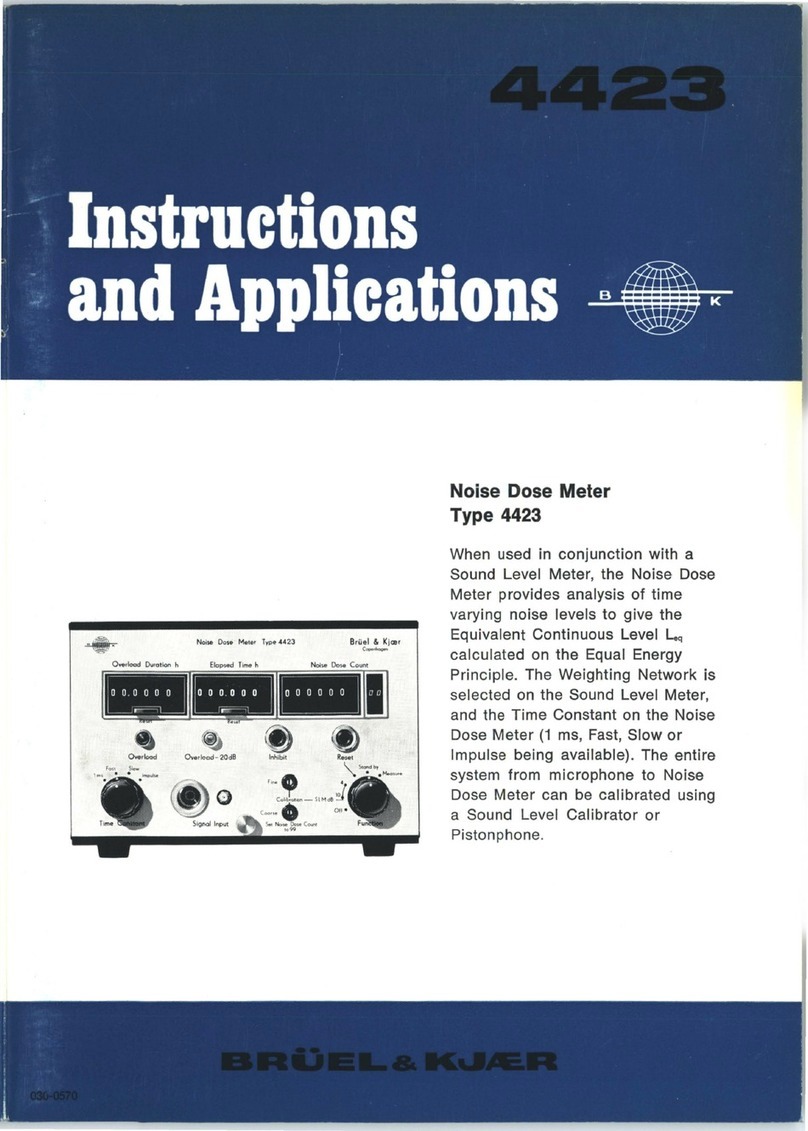
Brüel & Kjær
Brüel & Kjær 4423 User guide
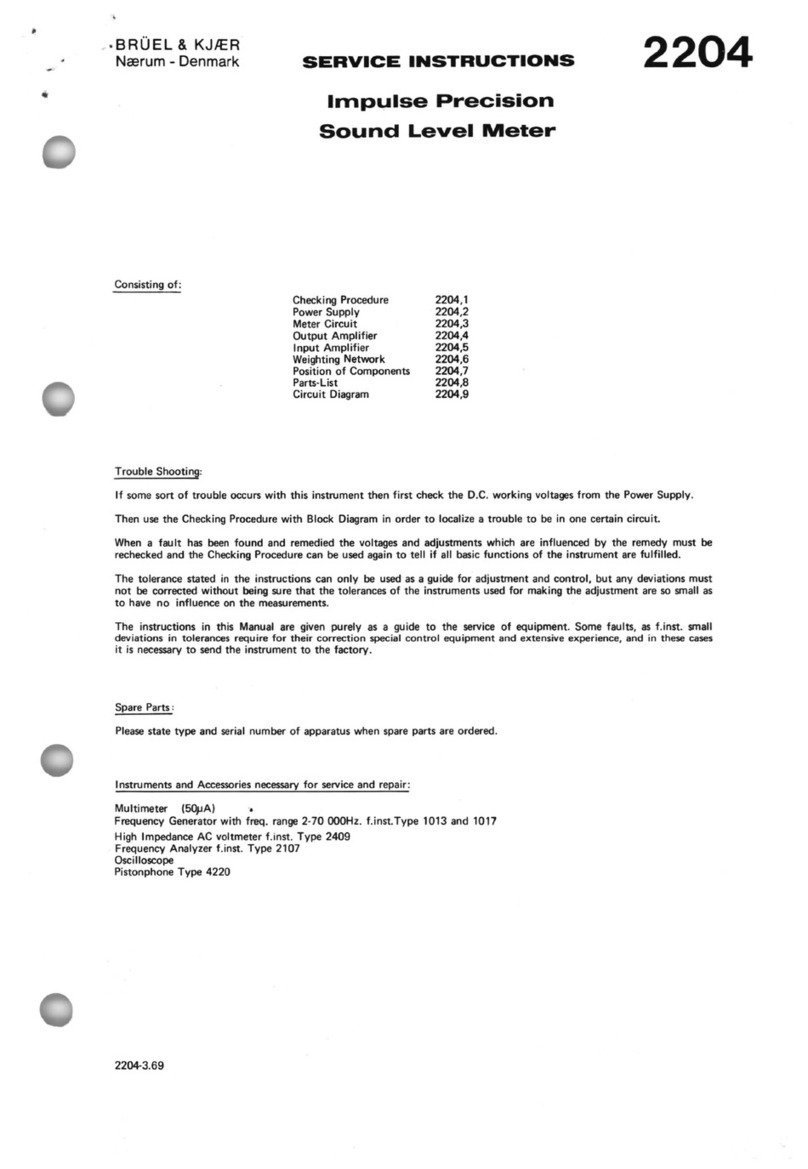
Brüel & Kjær
Brüel & Kjær 2204 Operating instructions

Brüel & Kjær
Brüel & Kjær 2007 User guide

Brüel & Kjær
Brüel & Kjær 2236 Guide
Popular Measuring Instrument manuals by other brands

Powerfix Profi
Powerfix Profi 278296 Operation and safety notes

Test Equipment Depot
Test Equipment Depot GVT-427B user manual

Fieldpiece
Fieldpiece ACH Operator's manual

FLYSURFER
FLYSURFER VIRON3 user manual

GMW
GMW TG uni 1 operating manual

Downeaster
Downeaster Wind & Weather Medallion Series instruction manual

Hanna Instruments
Hanna Instruments HI96725C instruction manual

Nokeval
Nokeval KMR260 quick guide

HOKUYO AUTOMATIC
HOKUYO AUTOMATIC UBG-05LN instruction manual

Fluke
Fluke 96000 Series Operator's manual

Test Products International
Test Products International SP565 user manual

General Sleep
General Sleep Zmachine Insight+ DT-200 Service manual















